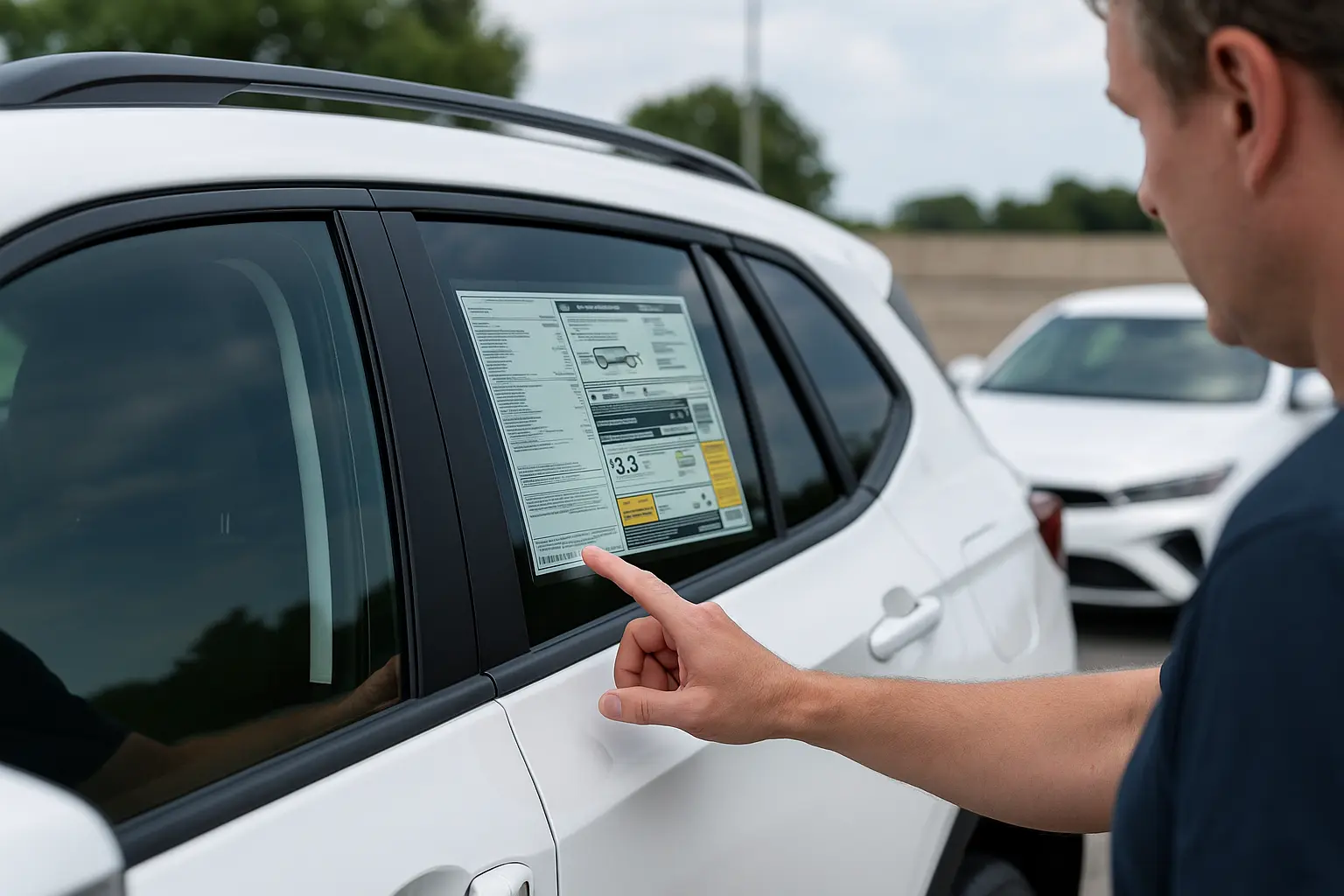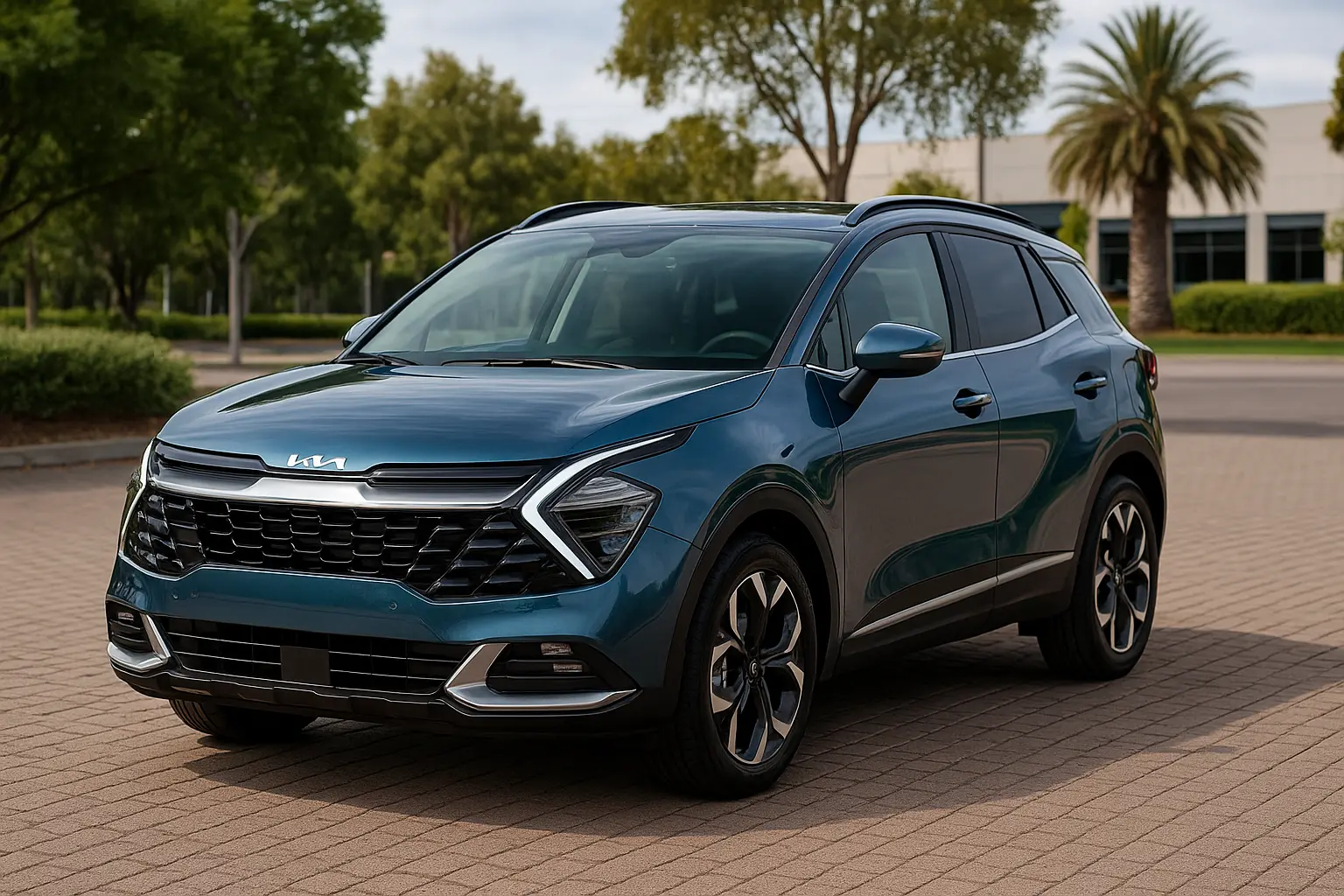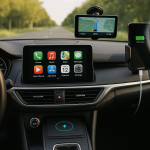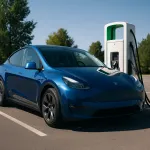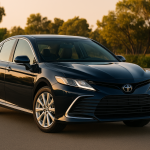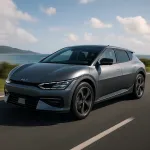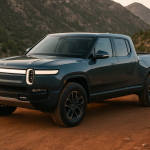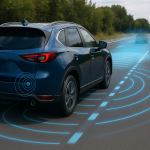How to Read a Car Window Sticker – What Aussie Buyers Should Know
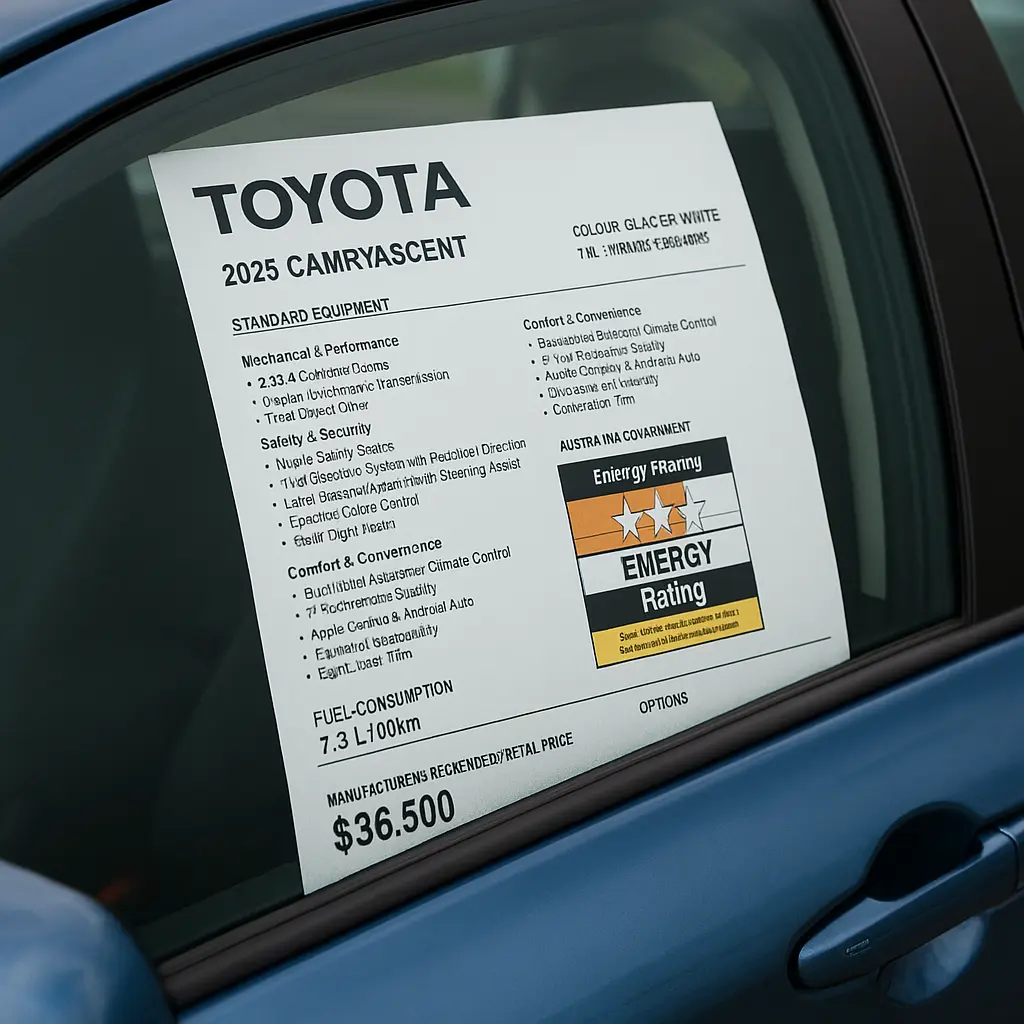
Buying a new or used car in Australia can be both exciting and overwhelming. One thing that often leaves buyers scratching their heads is the car window sticker – the label slapped on the side window or windshield of many vehicles at dealerships. This "vehicle information sheet" (often referred to as a Monroney sticker in the US) contains a wealth of details that can help you make an informed buying decision, but only if you know how to read it.
In this detailed guide, we’ll explain what each part of a car window sticker means, how to use it to compare vehicles, and what Aussie-specific regulations apply in 2025. Whether you’re a first-time buyer or upgrading to your next car, understanding this sticker gives you the edge at the dealership.
What Is a Car Window Sticker?
A car window sticker is a document that provides official, standardised information about a vehicle. In Australia, these stickers may go by different names like "Vehicle Specification Sheet," "Window Label," or "Fuel Consumption Label," but the purpose remains the same: to inform buyers of the key stats, features, and costs related to that specific vehicle.
Dealerships are legally required to display these sheets on all new vehicles and many used ones too.
Why It Matters for Australian Car Buyers
Car window stickers help consumers:
Compare models side by side
Understand the car’s features and inclusions
Gauge long-term costs like fuel usage
Verify warranty and compliance details
Spot dealer markups or extras
In a market where supply chain issues and fluctuating prices are common, being sticker-savvy can prevent you from overpaying or buying a car that doesn’t suit your lifestyle.
Section-by-Section Breakdown of the Window Sticker
Let’s explore each section you’ll typically find on a 2025 Australian car window sticker and what it means.
1. Make, Model, and Variant
This is the most basic but essential part. It includes:
Brand: e.g. Toyota, Kia, Hyundai, Mazda
Model: Corolla, RAV4, EV6, etc.
Variant: GX, Sport, GT-Line, etc.
This part also specifies the year of manufacture and vehicle build date, which can be useful for understanding the age and depreciation rate of the car.
2. Engine & Transmission Type
You’ll see:
Petrol, Diesel, Hybrid, or Electric
Engine displacement (e.g., 2.0L)
Turbocharged or naturally aspirated
Transmission type (manual, CVT, automatic, DCT)
This info gives insight into performance, fuel economy, and ongoing maintenance expectations.
3. Vehicle Identification Number (VIN)
The 17-digit VIN is like your car’s fingerprint. It’s crucial for:
Tracking recalls
Insurance paperwork
Verifying vehicle history
Always ensure the VIN on the sticker matches the VIN on the dashboard and compliance plate.
4. Fuel Consumption & CO2 Emissions Label
This yellow-and-black sticker is mandated by the Australian Government. It shows:
Urban fuel consumption (L/100km)
Highway fuel consumption
Combined fuel consumption
CO2 emissions (grams per kilometre)
For hybrids and EVs, this may include energy consumption (kWh/100km).
Example:
Tip: Use this to estimate your annual fuel costs.
5. ANCAP Safety Rating
The Australasian New Car Assessment Program (ANCAP) assigns a rating from 1 to 5 stars. It reflects how well the car protects:
Adult occupants
Child occupants
Pedestrians
Safety assist technologies
Always look for 5-star rated cars for peace of mind.
6. Standard Features List
This is where you’ll find everything the car includes as standard, such as:
Air conditioning
Infotainment systems (Apple CarPlay, Android Auto)
Cruise control
Driver-assist tech (AEB, blind-spot monitoring)
Interior trim (cloth, leather)
Use this section to compare base models with mid or high-spec variants.
7. Optional Extras or Dealer Add-Ons
Sometimes, dealers add extra features like:
Window tint
Paint protection
Upgraded wheels
Extended warranty
These are usually listed separately and may include their individual costs. Always ask if these are optional and negotiable.
8. Pricing Information
A breakdown of pricing may include:
Manufacturer’s Recommended Driveaway Price (MRDP)
On-road costs (registration, stamp duty)
Dealer delivery charges
Important: Dealers might add a markup for high-demand vehicles. Ask for a breakdown.
9. Warranty Information
Most brands in 2025 offer:
5 to 7 years warranty
Unlimited or capped km coverage
Battery warranties for EVs (up to 8 years)
This section should clearly state the warranty coverage included with the vehicle.
10. Compliance Plate Details
The compliance plate section confirms that the car meets Australian Design Rules (ADR) and is road legal.
It shows:
Compliance date
Assembly plant location
Certification number
This is crucial for imported vehicles or grey-market models.
EV and Hybrid-Specific Stickers in 2025
As the EV market grows in Australia, more cars have additional window sticker sections. These may include:
Range per charge (km)
Charging time estimates
Energy consumption ratings
Battery capacity (kWh)
Always consider range, charging infrastructure, and warranty before purchasing an EV.
How to Use a Window Sticker When Comparing Cars
Let’s say you're comparing three small SUVs:
| Feature | Toyota Corolla Cross GX | Mazda CX-30 G20 | Hyundai Kona Hybrid |
|---|---|---|---|
| Fuel Economy (Combined) | 5.0 L/100km | 6.5 L/100km | 4.5 L/100km |
| Safety Rating | 5-star | 5-star | 5-star |
| Infotainment | 8" touchscreen | 10.25" | 12.3" |
| Price (Driveaway) | $35,000 | $36,500 | $38,000 |
By reading the stickers:
You’ll spot Mazda offers better infotainment but worse economy.
Toyota’s cheaper but may miss features found in Hyundai.
Hyundai wins on tech and fuel savings.
This kind of analysis is only possible when you actually understand the sticker.
Common Buyer Mistakes When Reading Stickers
Ignoring Fuel Efficiency – Over years, poor economy adds thousands to your running cost.
Assuming All Safety Tech Is Standard – Features like blind spot monitoring are often optional.
Not Verifying VIN/Compliance – Crucial for imported or demo models.
Overlooking Add-Ons – Some “features” are dealer-installed and overpriced.
Focusing Only on Price – Cheapest is not always the best value.
Tips for Used Car Buyers: What to Look For
Used cars in dealerships also carry a version of a window sticker. Look for:
Vehicle history summary
Odometer reading
Previous owner count
Service history confirmation
Warranty status (if certified pre-owned)
While it may not be as detailed as a new car’s label, it can still provide key insight.
Regulations Around Window Stickers in Australia (2025 Update)
The Australian Competition and Consumer Commission (ACCC) mandates truthful advertising of all vehicle specs and pricing. That means:
No false fuel economy claims
All safety features must be clearly stated
Driveaway pricing must include all fees
In 2025, there’s increasing pressure on dealers to display EV-specific charging info and real-world driving range too.
Final Checklist Before You Sign
✔ Match VIN on sticker with compliance plate
✔ Verify fuel rating and real-world user reviews
✔ Confirm safety ratings and standard safety tech
✔ Ask if add-ons are optional or dealer-installed
✔ Get full pricing breakdown in writing
Conclusion: Why Car Window Stickers Empower Aussie Buyers
Reading a car window sticker might seem like a boring admin task, but it can save you money, help you pick the right features, and avoid dealer tricks. For Australian buyers in 2025, especially with more EVs, hybrids, and fluctuating prices in the market, a quick scan of that sticker might be the smartest thing you do before signing a contract.
Next time you’re at a dealership, treat that sticker like a resume. Know how to read it—and you’ll drive away smarter.
Leave a comment
Your email address will not be published. Required fields are marked *


